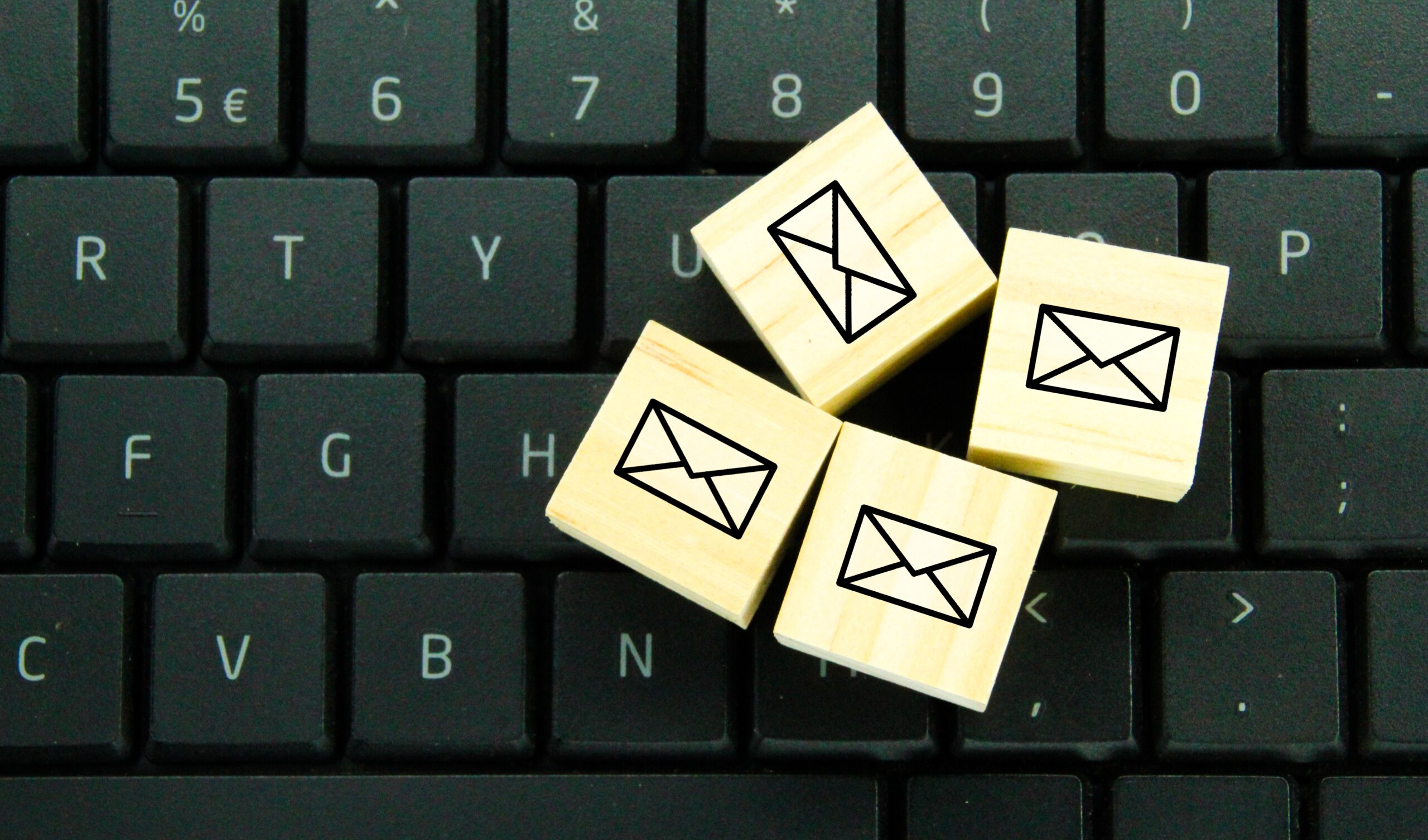Just like social media or print ads, email marketing is a way for companies to reach their audience and educate them about new products, promotions, or services. Email marketing encompasses any sort of email sent out from a company that is not an order confirmation or direct response to a customer inquiry.
Does Email Marketing Work?
In 1978, marketing manager Gary Thuerk sent an email advertising a new product and received $13 million in sales as a result. His list contained only 400 addresses, but the high yield serves as a testament to the effectiveness of email marketing.
Email marketing is considered one of the most effective types of marketing due to its low cost and high return. Many email marketing services such as Wix, MailChimp, HubSpot, and ConstantContact offer plans based on contact list size, meaning that small businesses can benefit from email marketing without breaking the bank. Additionally, a 2019 Litmus survey showed that every $1 spent on email marketing returned an average of $42.
Types of Email Marketing
Another benefit of email marketing is that businesses can tailor emails to help reach their goals and connect with customers on a personalized level. Types of email include:
- Email Campaigns: These emails are sent with a specific goal in mind, whether that’s to promote a new sale or download an e-book.
- Email Newsletters: These emails are sent on a regular basis (often monthly or bi-weekly) to update customers about blogs, upcoming events, changes in leadership, or project developments.
- Automated Marketing Emails: These emails are sent automatically after certain triggers are performed. For example, signing up for a newsletter may trigger an automatic response thanking you for signing up.
- Automated Transactional Emails: These are emails that get sent after a purchase is made, often with information about tracking and shipping. While these emails are not primarily focused on marketing, they are important for building trust and transparency with the customer.
How To Do Email Marketing
Email marketing is relatively simple to set up and maintain. The following steps outline the basic process for email marketing.
Build a Mailing List
Customers must explicitly opt-in to email marketing, meaning that businesses can’t simply use email addresses already in their database. In order to voluntarily obtain customers’ information, businesses can use lead magnets, which collect email addresses in exchange for highly sought after materials such as checklists, webinars, templates, case studies, discounts, software, and samples. For example, you’ve likely seen a pop-up message on a website that offers 15% off your next purchase if you sign up for a business’s newsletter.
When doing research on the best ways to build mailing lists, you might see advertising about buying email lists. With the simple swipe of a credit card, you can instantly obtain thousands of email addresses that fit a specific demographic your business is looking to target. While convenient, many email marketing service providers prohibit the use of purchased email addresses since users did not explicitly opt in. Additionally, these lists can harm your company’s credibility and reputation.
Segment Your Mailing List
Once your company has gathered a mailing list and chosen a service provider, the next step is to break down the mailing list and consider the best type of communication for each. Companies can consider demographics, geographic area, website behavior, purchase history, amount spent, type of customer, and personal interests when creating unique content.
For instance, a customer who has never shopped at a particular online business might be on the fence about whether or not to purchase a product. He or she might receive a special discount for first-time customers as well as free shipping. The goal here is to entice the would-be customer to make a purchase. From here the customer moves from a lead to an actual customer in the marketing funnel, and future emails might be centered around upcoming specials.
Optimize Your Emails
Businesses should regularly study how their emails are doing and make tweaks as necessary. Specific metrics to focus on include delivery rate, bounce rate, open rate, click rate, and spam complaints. Each metric can help point businesses in specific parts of email marketing. Are emails getting delivered but not opened? Businesses should look to write more captivating subject lines. Are emails consistently getting marked as spam? Businesses should make sure their content is polished and professional.
Other ways to optimize emails are by performing A/B tests and researching best times of the day to send out emails. A/B tests are a user experience methodology in which two different versions of a similar product are sent out to see which is more effective. For email marketing, businesses might send out an identical email with two different subject lines and see which version has a higher open rate.
Another aspect of optimization is designing emails that translate well to mobile devices. Nearly 50% of all email in the United States is opened on a mobile device, so companies should spend time making sure that buttons, links, and images display properly on all types of devices.
Once businesses settle into a regular schedule, they can send out additional emails to keep content fresh and engaging for customers. For instance, sending out a discount or special message for birthdays is an easy way to add a personal touch and sense of reliability for customers. Other types of content such as surveys or follow-up emails can provide valuable insight as to how customers view a business.
Riser Media Group
There are many aspects that contribute to successful email marketing. Let Riser Media Group create a personalized email marketing schedule that will attract and retain customers so that your company can RISE above the competition!
